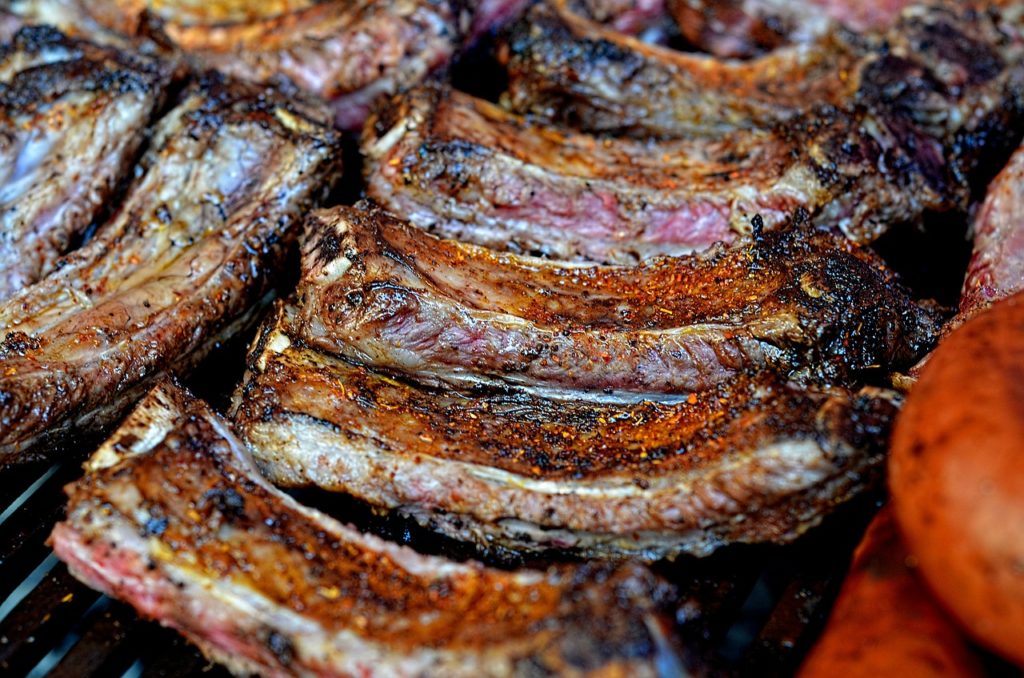All fields are required
Posted in Food Safety,Our Blog on March 11, 2019

I got on the bandwagon, recently. Yes, the Instant Pot bandwagon. I heard all of the hype, following the Pinterest boards, read recipes like I was losing my mind and suddenly I felt like I “got it” and wanted to give one a try. I was fortunate with my other job as a blogger that Instant Pot wanted to work together on a collaboration so we got to give one a try without spending money out of pocket, but yet still had to write a review and share a recipe so I knew that I wouldn’t wuss out and not make something or at least try. Here’s our guide to Instant Pot & Food Safety.
My first “recipe” was boiled eggs. I really thought that I might have been losing it to try and boil eggs in a pressure cooker, but everyone said it was a great place to start and well, I have to admit that the eggs were very good. Easy to peel and no fuss. I also found that the boiled egg smell was more contained.
The word “instant” is somewhat deceiving though as I learned from some social media groups that people were making some really dangerous food choices with their pots. Regardless of the brand, these pots stake their claim to cooking foods faster at pretty high temperatures. Instant does not mean the food is going to be cooked in the amount of time you may think.
A prime example was shown on a social media group that I follow where someone attempted to cook shrimp in their pressure cooker. They had been told that the shrimp would “cook” for 2 minutes and they took that to heart. Out came very grey and undercooked shrimp which as we all know can lead to some major health risks including food poisoning. Now one would think that cooking something from a frozen state for a mere 2 minutes would not be nearly long enough…. But the answer to the query was “the recipe said….”
What the Instant Pot community and many others who are considering this purchase need to know is that cook time is AFTER the pot comes to pressure which can take quite a bit of time. For example I timed a recent batch of low country boil which included raw shrimp. The pot took nearly 30 minutes to come to pressure. This was including having the vent closed and the pot was quite full with various aspects of the low country boil like kielbasa, baby red potatoes, mushrooms and corn. The 3 minute “cook” time started once the pot was under pressure and sealed completely. So really we were looking at around 35 minutes total time in the pot. A far cry from the 2-3 minutes that we had been told to cook the shrimp alone. So you see the point, yes the cook time is minimal but to ensure proper food safety you still have to make sure that your foods are cooked fully.
Recently, I found that while cooking a Boston Butt pork roast that the amount of cook time even after the pot had come to pressure left me with undercooked meat. I had to alter the cooking time another 15 minutes for the amount of meat that I had inside the pot and then allow it to come to pressure again. A newbie mistake, but one that could have resulted in a major amount of sickness in our home had I not known to check the temperature before serving.
Other people note that studies have been done to see if pressure cooking is actually healthy. Those results were positive:
A 1995 study found that pressure cooking preserved nutrients in food more than other cooking methods. Another study measured levels of Vitamin C and B-Vitamins in food and found these levels of vitamin retention (the amount remaining in food after cooking):
Kitchen Stewardship shared some great tips for pressure cooking that could save a lot of headaches and even injuries
LESSON 1: DON’T OPEN THE LID UNTIL IT’S TIME
The Instant Pot is much safer than the old pressure cookers because the temp is much more regulated and there is less human error (not zero). When the pot is up to pressure, there are mechanisms in place to prevent a home cook from opening the lid.
I have absolutely tried twisting the lid before the pin was totally down before, attempting to get moving with dinner, so from now on I’m going to wait until the pin is 100% down before touching the lid. I’m grateful that the story was shared for that reason.
LESSON 2: DON’T OVERFILL THE POT
My Instant Pot has a “max fill” line, which I understood to be the fullest I can make it — but I was wrong. That line is for slow cooking, not pressure!!! To pressure cook, these are the max fill rules:
Breaking that rule can lead to problems, including safety issues but also your food might not cook because the pot can’t get up to pressure without air/steam space.
LESSON 3: NO QUICK RELEASE FOR THICK RECIPES
This causes food to come out of the vent and it is messy… Just say no.
I find myself exploring more and more recipes using the instant pot and will be tackling the infamous Cheesecake #17 in the coming weeks. I feel that I have a bigger grasp on the pot now than I ever have before and while I was nervous at first I have found that I am quite comfortable venturing out of my comfort zone with the Instant Pot and other accessories.
By: Samantha Cooper, Contributing Writer (Non-Lawyer)